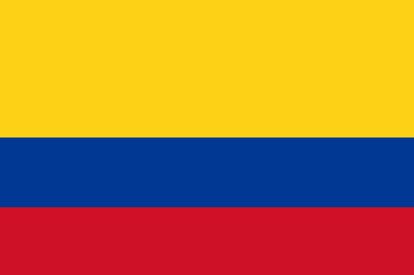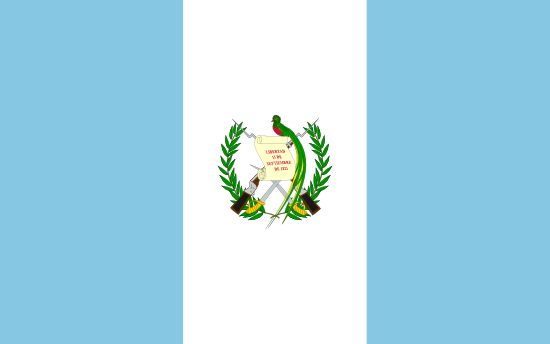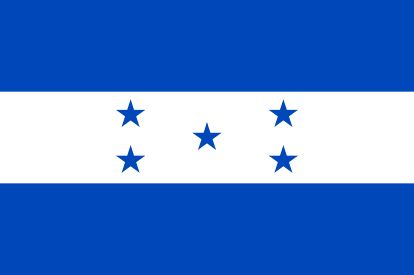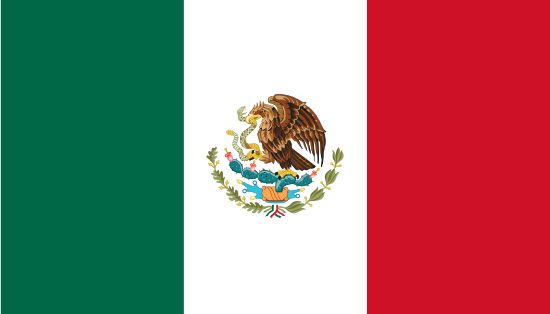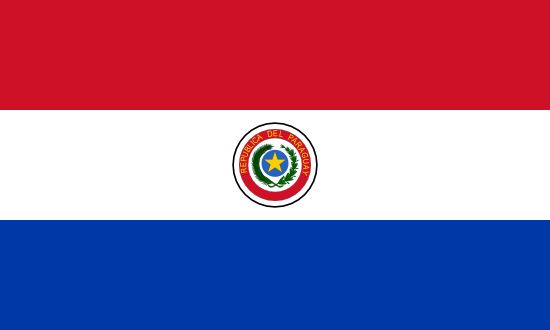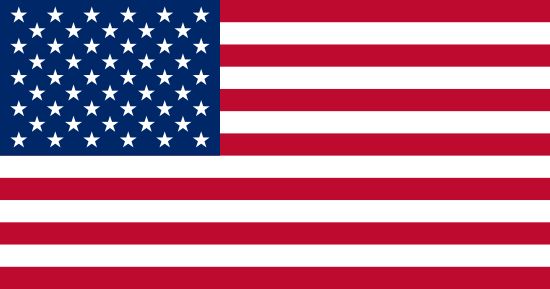
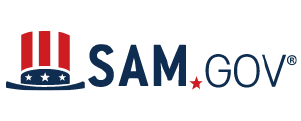
R--Biological tissues sample analysis
Process Number 140G0322Q0135
Dates:
140G0322Q0135
Department/Ind. Agency:INTERIOR, DEPARTMENT OF THE
Sub-tier:INTERIOR, DEPARTMENT OF THE
Sub Command:OFFICE OF ACQUISITON GRANTS
Office:OFFICE OF ACQUISITON GRANTS
General Information:
(utc-07:00) pacific standard time, los angeles, usa
Updated Published Date:(utc-07:00) pacific standard time, los angeles, usa
Original Published Date:0000-00-00 00:00:00
Original Response Date:jun 10, 2022 05:00 pm pdt
Inactive Policy:manual
Original Inactive Date:jun 30, 2022
Classification:
r425 - support- professional: engineering/technical
Description:
This is a notice of intent to solicit from a single source for the USGS Western Ecology Research Center, San Francisco Bay Estuary Field Station (SFBE), The US Geological Survey (USGS) intends to award a purchase order to Texas A&M University, Trace Element Research Laboratory in College Station, TX for processing Selenium from biological tissues, as well as from sediment and water samples for the Salton Sea project. Texas A&M University, Trace Element Research Laboratory is the same laboratory that completed the pilot sample analyses thereby maintaining data consistency. No other laboratory is known to offer all the sample analyses that includes Selenium and 23 other trace elements that meets both laboratory analyses and standard methodology to provide consistent and comparable data with other current and published studies. Additionally, it is essential that they process this projects coordinated food web samples to preserve data integrity and comparability within and across projects to meet project obligations. Award will be made in accordance with Federal Acquisition Regulation (FAR) 13.106-1(b) and the procedures at FAR Part 12 entitled, Acquisition of Commercial Items and FAR Part 13 entitled, Simplified Acquisition Procedures. The purpose of this notice is to satisfy the requirements of FAR Subpart 5.2. This notice of intent is not a request for competitive quotes. However, all responsible parties may submit a quotation by the closing date of this announcement which shall be considered by the agency. No solicitation will be issued. A determination not to compete this action based upon responses received is in the sole discretion of the Government. The North American Industry Classification System (NAICS) code - 541990 All Other Professional, Scientific, and Technical Services, size standard $16.5 million applies to this announcement Responses or inquiries shall only be accepted through electronic mail addressed to thuot@usgs.gov and must be uploaded and received in their entirety no later than 06/10/2022 1700 PDT. Responses submitted by hardcopy or through any web portal shall not be accepted or considered. STATEMENT OF WORK I. GENERAL INFORMATION A. Introduction Selenium is a naturally occurring element that can be mobilized by farming irrigation practices, leading to high concentrations in drainage waters. Selenium toxicity has significant impacts on the hatching of eggs and development of early life stages in oviparous animals, and reproductive consequences of maternal transfer are the among the most direct and sensitive predictors of the effects of Se (Heinz 1996; Janz and others, 2010). Factors controlling selenium uptake at the base of the food web as well as assimilation efficiency and retention in consumers, are both species- and environment-specific. Furthermore, as the Salton Sea recedes, agricultural drain water flow onto the exposed lakebed creating playa wetlands that are unmanaged for Selenium risk to wildlife. In their synthesis of selenium research and monitoring at the Salton Sea, Rosen et al. (In revuew), identified several data gaps that prevent us from fully identifying Se hazards to fish and wildlife. In particular, lack of information on water source and resulting Selenium load, habitat-specific biogeochemistry, Se bioavailability and transfer up trophic levels, and species habitat use precludes ecosystem-scale modeling (e.g. Presser and Luoma 2010, Rosen et al., in review). USGS Western Ecological Research Center is conducting research to address these uncertainties working with existing research partners in a phased approach. Initial pilot samples (water, sediment, and vegetation) have been collected within wetlands that were occupied by the endangered Yuma rail (Rallus longirostris yumanensis). These wetlands were sustained by different water sources such as agricultural drains that are expected to have higher Selenium loads and the Colorado River which has low Selenium concentrations. Here we propose to analyze our pilot samples for Selenium values to help assess Selenium risk to Yuma rails. Sample types include sediment, detritus, phytoplankton, algae, cattail, and invertebrates. II. WORK REQUIREMENTS A. Technical Requirements. All samples will be collected using standard protocols. Sample types include sediment, detritus, phytoplankton, algae, cattail, and invertebrates. Samples will be packed in dry ice and shipped following appropriate Chain-of-Custody procedures that documents the location and possession of the samples at all times and identify the laboratory analyses requested for each sample. Vendor will need to follow standard method testing procedures or other procedures provided by the Environmental Protection Agency (EPA) and US Fish and Wildlife guidelines for at least a 0.5 micrograms/liter detection limit for Selenium in biological tissues and sediment. In addition, the laboratory must provide the following services: -Sample QA/QC should include (a method blank, spiked blank, certified reference material, duplicate sample, and spiked sample for each group of 20 or fewer samples. Approximately 165 Biota samples and 38 Sediment samples. -Dry and grind dried sediment samples for analysis when applicable. -Percent moisture for each biological tissue sample Deliverables: Results must be delivered to Point of Contact electronically as a .csv or excel file within 90 days of sample submission, or later if agreed upon by the USGS POC. Data will be reviewed by the USGS POC within 60 days of receipt of the data. Remaining sample material may be disposed of after data review shows no further analyses are needed. Other The Vendor must have the appropriate laboratory space, equipment, and personnel, and expertise to complete and deliver the laboratory analyses. Period of Performance: 06/18/2022 to 12/31/2022
Attachments / Links:
| Document | Size | Updated date | Download |
|---|
Contact Information:
3020 STATE UNIVERSITY DRIVE XXXX
SACRAMENTO , CA 95819
USA
Primary Point of Contacts:Huot, Tracy




